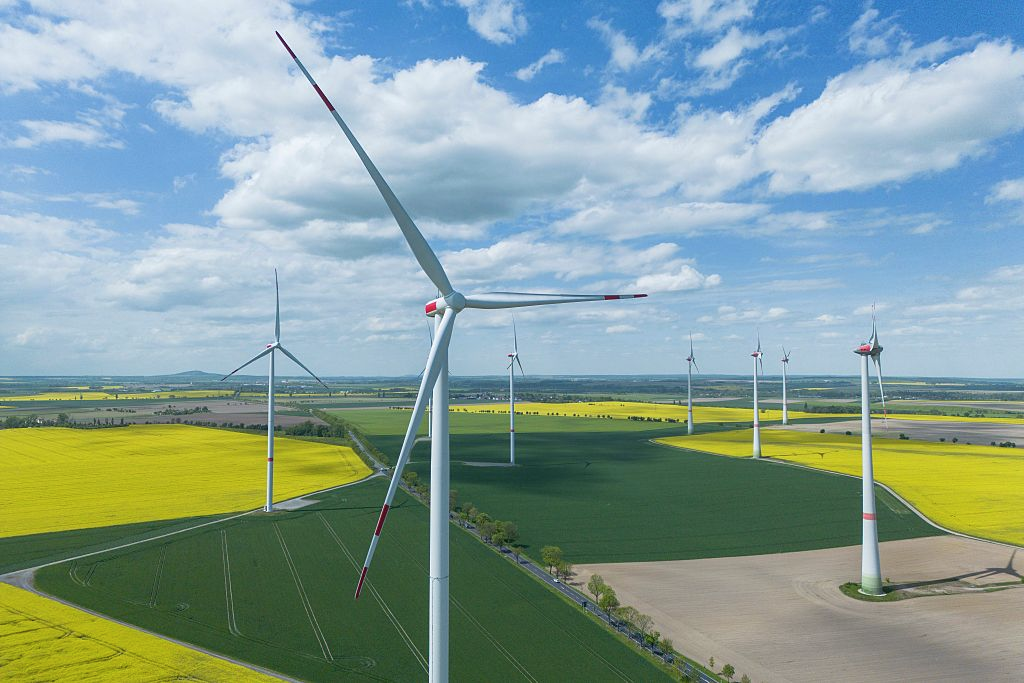Germany, a global leader in renewable energy, is grappling with a dramatic wind power shortfall in 2025, as low wind speeds reminiscent of the 1960s and 1970s have slashed electricity production and cost firms millions. Despite wind power being the country’s largest electricity source, a three-month lull has exposed vulnerabilities in the renewable energy grid, prompting reliance on imports and gas plants. This article dives into the causes and consequences of this crisis, a historical milestone in Germany’s energy transition, and strategies to ensure energy stability.
The Wind Power Slump of 2025
According to the German Meteorological Service (DWD), average wind speeds in the first quarter of 2025 dropped below 5.5 meters per second, the lowest since 1972-1973 and before that, 1963. This has led to a 31% reduction in wind-generated electricity nationwide compared to the same period in 2024, per the German Energy and Water Industry Association (BDEW). Wind farm operator PNE in Cuxhaven reported a revenue drop from €31.4 million to €27.9 million year-over-year, swinging from a €1.1 million profit to a €7.1 million loss, as noted by Welt.
The lull follows unusually high wind speeds in April 2022 and 2024, which makes the 2025 drop appear more severe. Experts emphasize there’s no evidence linking this to climate change, citing similar lulls in past decades. However, “dark lulls” this winter—periods of low sunlight and wind—spiked energy prices, forcing Germany to import power from neighbors and rely on conventional plants.
Historical Fact: The Birth of the Energiewende
Germany’s energy transition, known as the Energiewende, began in the 1980s as a grassroots movement against nuclear power. Sparked by the 1986 Chernobyl disaster, anti-nuclear protests in Germany led to the founding of the Green Party and the push for renewables. By 2000, the Renewable Energy Sources Act (EEG) incentivized wind and solar expansion, making Germany a pioneer in clean energy. Today, renewables account for over 50% of electricity, but the 2025 wind lull highlights the challenges of balancing ambition with reliability, as the Energiewende’s success hinges on grid stability Clean Energy Wire.
Grid Challenges and Solutions
Germany’s renewable-heavy grid faces unique challenges. Solar power, which contributed 31.5% of electricity in 2023 compared to coal’s 22.5%, cannot be regulated by grid operators. During holidays with low demand, surplus solar risks overloading the grid, prompting the PV Peak Act to manage excess production. Meanwhile, former Economic Minister Robert Habeck’s plan to build 40 gas-fired plants by 2030, designed to switch to hydrogen in the future, aims to stabilize supply during wind and solar fluctuations BMWi.
Critics argue that over-reliance on renewables threatens energy security and harms wildlife, such as birds and bats, while supporters highlight reduced carbon emissions and less dependence on foreign energy, like Russian gas. Interestingly, even conservative governments, like Hungary’s, are embracing solar, suggesting renewables are gaining bipartisan appeal across Europe.
Author: Planet-Today.com
Via Welt
Explore more on Germany wind power, wind energy crisis, Energiewende Germany, renewable energy challenges, German energy grid.
